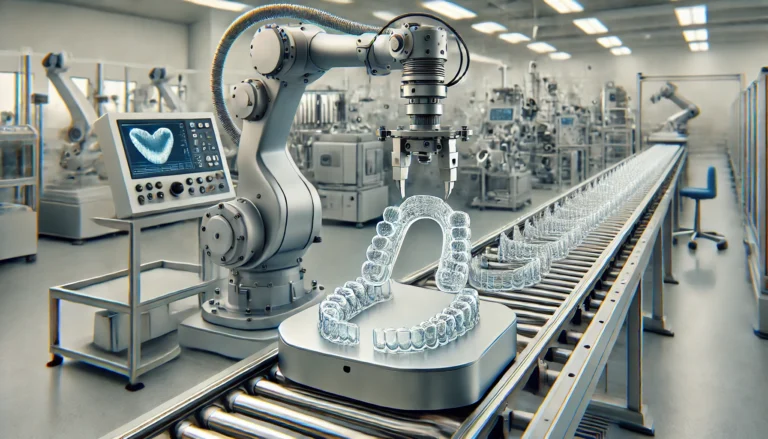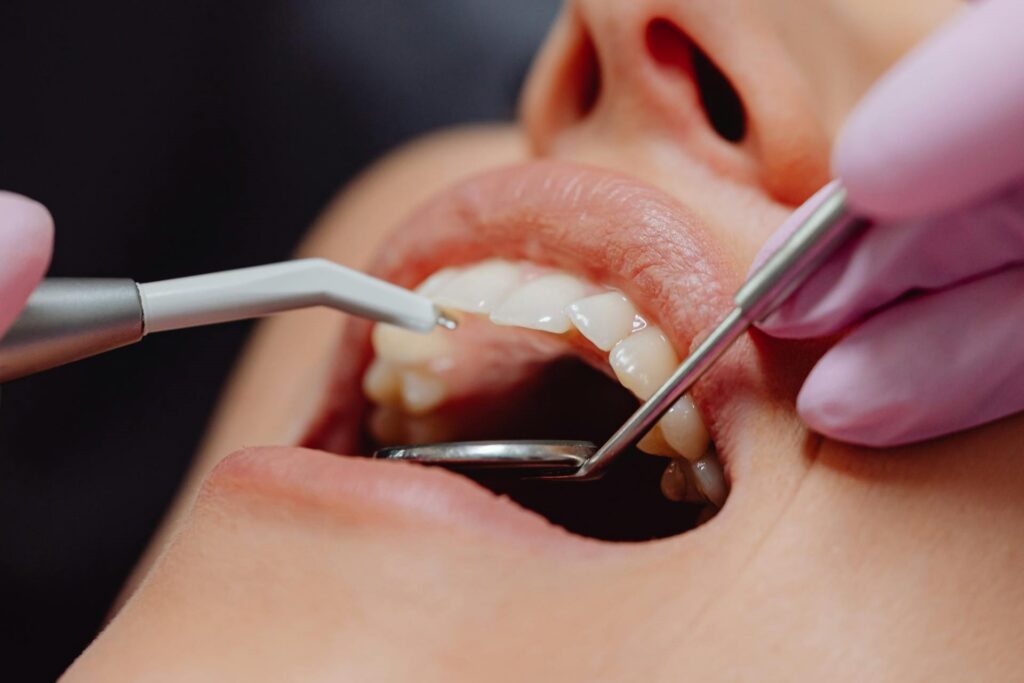
Invisalign has significantly changed our perspective on teeth straightening by providing a discreet and comfortable option compared to traditional braces. But do you need a retainer after Invisalign treatment in the UK?
The journey does not conclude once you attain that ideal smile; understanding the role of retainers is crucial to maintaining your results.
This article will delve into what Invisalign treatment involves, how it operates, and the various types of retainers available, along with the reasons why wearing one is essential. Additionally, we will cover care tips and the potential consequences of neglecting this important step.
Let us explore the path to achieving lasting dental success together!
What is Invisalign Treatment?
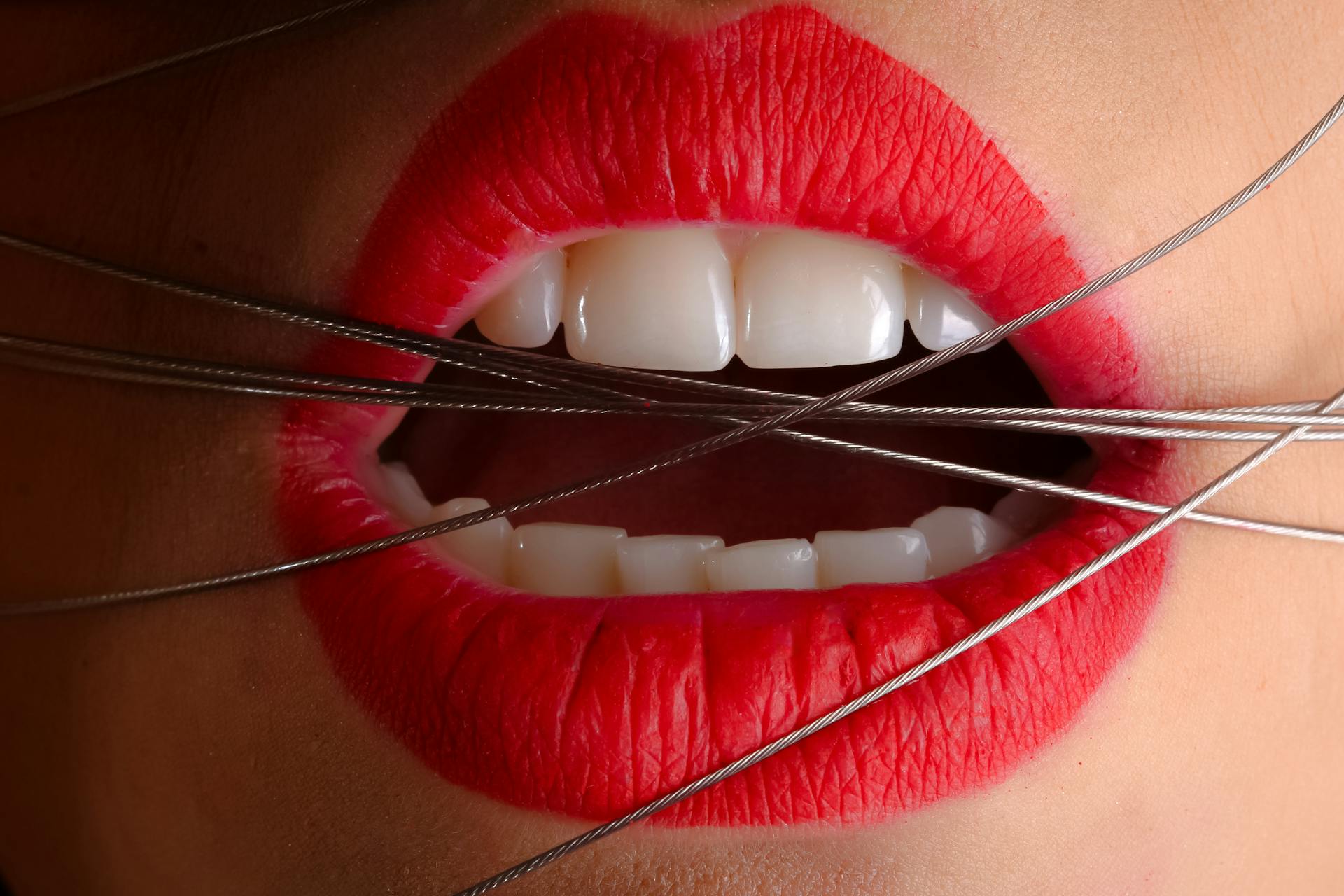
Invisalign treatment represents a groundbreaking orthodontic solution aimed at straightening teeth in a discreet and effective manner.
By using clear aligners, this contemporary approach provides patients with a comfortable and visually appealing alternative to traditional braces. One of the significant advantages of Invisalign is the ability to remove the aligners while eating, brushing, and flossing, which fosters improved dental care and oral hygiene throughout the treatment process.
In the UK, a growing number of individuals are choosing Invisalign to achieve their smile goals without the conspicuous metal brackets typically associated with conventional orthodontics. While the cost of Invisalign can vary depending on the complexity of the case, many patients find it a worthwhile investment for its combination of comfort, aesthetics, and effectiveness. This innovative system addresses a variety of orthodontic needs, making it a compelling option for those looking to enhance the aesthetics of their smiles.
How Does Invisalign Work?
The Invisalign process involves using a series of custom-made clear aligners that are specifically designed to gradually shift teeth into the desired position over time. Each set of aligners is typically worn for about two weeks before progressing to the next set.
This approach allows for controlled teeth movement that is both effective and comfortable. Unlike DIY aligners, which often lack professional oversight, Invisalign treatments are guided by orthodontic specialists who monitor progress and make necessary adjustments to ensure safety and precision. This professional guidance helps mitigate risks such as improper tooth movement or damage to dental structures, which can sometimes occur with unsupervised alternatives.
By adhering to the recommended wear schedule and prioritising regular check-ins with a dental professional, patients can enjoy a smoother, safer, and more efficient treatment journey.
What is a Retainer?
A retainer is a crucial orthodontic device used to maintain the position of teeth after completing orthodontic treatment, such as Invisalign. These devices are essential for ensuring that the effort put into aligning your teeth is not in vain.
They come in various forms, including fixed retainers and removable retainers, both of which help protect your smile and prevent your teeth from shifting back to their original positions. Retainers play a significant role during the retention phase of orthodontic treatment, acting as a safeguard for your newly aligned smile.
Fixed retainers, typically bonded to the back of the teeth, offer a permanent solution for keeping teeth in place. They are particularly beneficial for those who may forget to wear a removable option.
Conversely, removable retainers provide the convenience of easy cleaning and can be taken out during meals, allowing for greater flexibility in daily routines.
While both types serve different functions, they underscore the importance of consistent wear and proper care. Regular cleaning and adherence to your orthodontist’s guidelines are essential to ensure these devices effectively support your ongoing dental health, preventing relapse and preserving the investment made in achieving that perfect smile.
Why is a Retainer Needed after Invisalign Treatment?
A retainer is essential after completing Invisalign treatment to ensure that the orthodontic results achieved during the treatment phase are maintained over the long term. Once braces or clear aligners are removed, it is natural for teeth to want to shift back to their original positions; this is where the importance of a retainer becomes evident.
By wearing a retainer as prescribed, patients can effectively retain their smiles and enhance the overall success of their treatment, ultimately contributing to long-term dental health.
Failing to wear a retainer can lead to various consequences, including teeth shifting, misalignment, and potentially the need for additional orthodontic work. The role of a retainer extends beyond simply keeping the teeth in place; it is also crucial for maintaining the stability of the jaw and proper bite alignment.
For individuals who have invested their time, effort, and finances into achieving a perfect smile, a retainer becomes an critical part of ongoing dental care. Maintaining the results from orthodontic treatment not only enhances aesthetic appeal but also significantly increases overall patient satisfaction, making regular retainer use a vital aspect of post-treatment care.
Types of Retainers
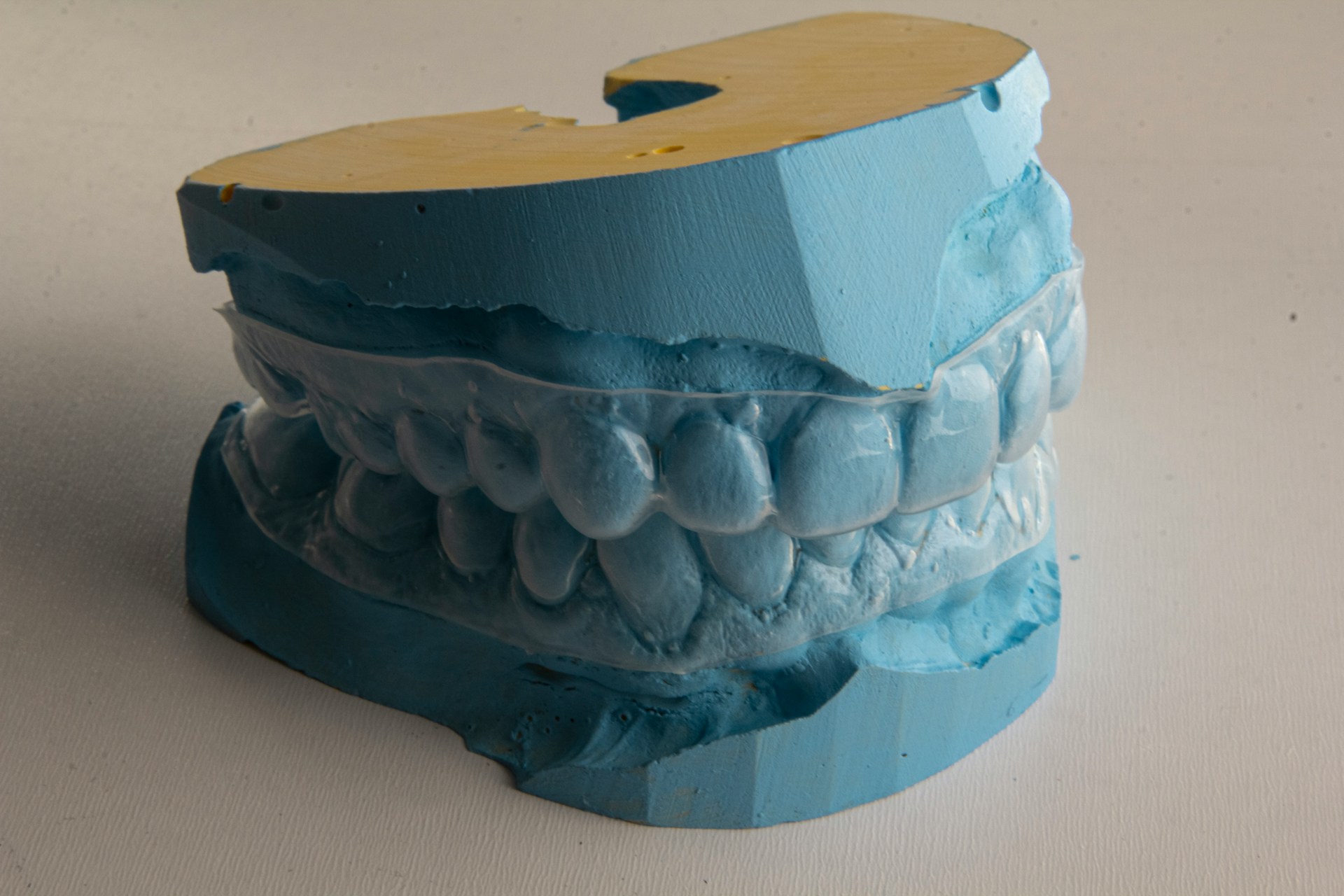
There are various types of retainers available, each specifically designed to address different patient needs and preferences after orthodontic treatment. By understanding the different retainer types, patients can make informed decisions about which option might be the best fit for them.
Fixed retainers, for instance, are often bonded to the back of the teeth and provide permanent support. On the other hand, removable retainers offer more flexibility in terms of wear and care.
Both options are crucial for maintaining the results of orthodontic treatment and can be customised to align with individual lifestyles and orthodontic needs.
1. Hawley Retainer
The Hawley retainer is a well-established orthodontic device crafted from a combination of plastic and metal wire. It is designed to fit snugly against the teeth while still allowing for some movement. This removable retainer is adjustable, and your orthodontist can modify it to ensure an optimal fit, which is why many patients choose it after completing Invisalign treatment.
Its durability and ease of cleaning add to its attractiveness, as it helps maintain a beautiful smile over the long term without compromising oral hygiene.
The Hawley retainer is essential during the transition phase following orthodontic treatment. Patients often appreciate its versatility, as it not only helps maintain the desired alignment of their teeth but also allows for minor adjustments if any shifting occurs.
Comfort is another significant advantage of the Hawley retainer. It gently stabilises the teeth, minimising any discomfort that may arise during the adjustment period. Moreover, it comes in transparent or various colour options, providing an aesthetic appeal that helps wearers feel confident while using their retainer.
Together, these features enhance the overall orthodontic experience, making the Hawley retainer a dependable choice for many.
2. Essix Retainer
The Essix retainer is a clear plastic device that fits directly over the teeth, making it an excellent choice for individuals who value the aesthetics of their smile. This removable retainer is virtually invisible and provides a comfortable fit, allowing patients to discreetly maintain their newly aligned teeth.
The Essix retainer effectively retains teeth by preventing any unwanted movement after orthodontic treatment, including Invisalign.
Its design not only enhances the overall appearance but also facilitates a smooth transition back to daily activities without drawing attention. Many users appreciate the soft, smooth material, as it minimizes irritation to the gums and teeth when compared to other retainer types.
Additionally, the ease of removal allows for a varied diet without restrictions, contributing to a more pleasant orthodontic experience. The effectiveness of the Essix retainer in preserving orthodontic results over time ensures that patients can confidently maintain their beautiful smiles with minimal effort.
3. Bonded Retainer
A bonded retainer is a fixed orthodontic device that is securely attached to the back of the teeth, providing ongoing support for teeth retention without the need for removal. This type of retainer is often recommended for patients who are at a greater risk of their teeth shifting back after treatment.
Since it is permanently affixed, a bonded retainer requires less patient compliance compared to removable options and serves as an excellent choice for achieving long-term bite stability and enhancing one’s smile.
Many orthodontists advocate for bonded retainers due to their effectiveness in maintaining teeth alignment over time. Unlike removable retainers, which demand consistent diligence from the wearer, the fixed nature of a bonded retainer ensures that the teeth remain in their optimal position without requiring any extra effort.
However, even with the reliability of this option, routine follow-up care with dental professionals is essential. Regular dental check-ups enable the early identification of any potential issues, ensuring that the retainer and surrounding teeth remain healthy, ultimately contributing to a successful orthodontic outcome.
Do You Need a Retainer after Invisalign Treatment in the UK?
In the UK, wearing a retainer after completing Invisalign treatment is strongly advised to maintain the results and prevent any potential relapse.
Many orthodontic consultations highlight the significance of using a retainer, as it plays a crucial role in preserving the beautiful smile that you have worked diligently to achieve throughout your orthodontic journey.
The need for retainers can differ based on individual circumstances, such as the degree of teeth movement achieved during treatment and one’s adherence to post-treatment care.
Factors that Determine the Need for a Retainer
Several factors influence the necessity of a retainer after Invisalign treatment, including an individual’s orthodontic history, the degree of tooth movement, and their commitment to following retainer guidelines. Each patient’s experience is distinct, which directly affects the specific dental retainer options that may be required.
The orthodontist’s assessment during follow-up visits is invaluable, as it provides tailored dental advice that is crucial for effective post-treatment care and optimal retention.
Educating patients about the importance of wearing a retainer is essential, as neglecting this step can lead to undesirable tooth shifting over time. Additionally, maintaining comprehensive dental records is important, as these documents help track any changes and serve as a reference for future evaluations.
Following the prescribed wear schedule is critical, as consistent retainer use reinforces the adjustments made during the Invisalign process, ultimately protecting the investment in one’s smile. By committing to these practices, patients can significantly improve their treatment outcomes and promote long-term dental health.
How Long Do You Need to Wear a Retainer After Invisalign Treatment?
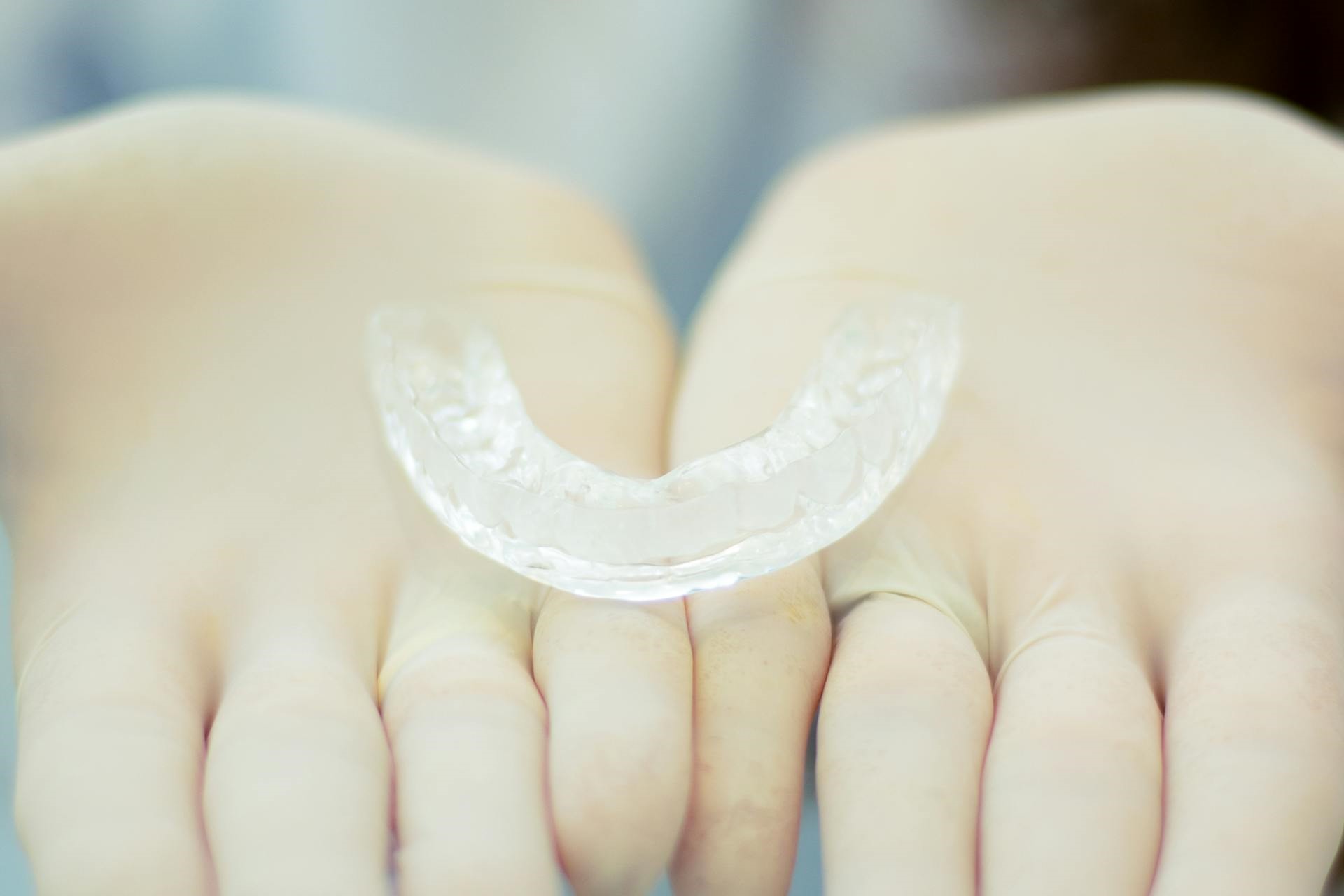
The duration for which one should wear a retainer after completing Invisalign treatment can vary considerably depending on individual circumstances and specific orthodontic goals. Generally, orthodontists recommend wearing a retainer full-time for the first few months following treatment, gradually transitioning to night-only wear as the teeth stabilise.
This careful approach to post-treatment care is essential for ensuring long-term smile retention and achieving the desired orthodontic results.
Follow-up visits during this period are crucial for monitoring how well the teeth are aligning and for making any necessary adjustments if needed. During these check-ups, orthodontic professionals can evaluate the effectiveness of retention strategies and provide guidance on how to optimise the retainer wear schedule.
Regular evaluations not only confirm that the teeth are settling properly but also allow for the early identification of any potential relapse issues, ultimately supporting the long-lasting success of orthodontic treatments.
How to Take Care of Your Retainer?
Caring for your retainer is essential to ensure its effectiveness and longevity as part of your post-Invisalign care. By maintaining proper dental hygiene and implementing an effective oral care routine, you will not only keep your retainer clean but also support your overall oral health.
Regular cleaning of your retainer, handling it with care during both cleaning and storage, and following your orthodontist’s guidelines are all important steps that can help maintain the integrity of the retainer and preserve the results of your orthodontic treatment.
1. Clean Your Retainer Daily
Cleaning your retainer on a daily basis is crucial for preventing the accumulation of bacteria and plaque, which can adversely affect your dental health.
Using a gentle toothbrush along with mild soap or a specialised retainer cleaning solution can effectively remove debris and maintain the hygiene of your retainer. It is essential to ensure that your retainer remains free of stains and odours, as this is vital for sustaining oral hygiene and supporting the effectiveness of your post-treatment care routine.
Incorporating this cleaning process into your overall oral hygiene regimen is important, as neglecting it may result in complications such as bad breath and increased dental appointments.
Plus brushing your retainer, soaking it regularly in cleaning solutions specifically designed for retainers can be particularly beneficial. These products are formulated to break down tougher deposits without causing damage.
A clean retainer not only enhances comfort but also contributes to the longevity of your orthodontic results. Therefore, dedicating just a few minutes each day to this task will significantly benefit both your retainer’s condition and your overall dental health.
2. Handle Your Retainer with Care
Handling your retainer with care is vital to prevent any damage that could affect its functionality. It is important to avoid bending or twisting the retainer, and to always store it in its protective case when it is not in use. By being mindful of how you handle your retainer, you can help ensure its longevity and effectiveness as an essential part of your orthodontic journey.
Regular cleaning of the retainer is also essential. Using a gentle toothbrush and mild soap will help minimise the buildup of bacteria and tartar, keeping the retainer in good condition.
Additionally, it is advisable to avoid exposing the retainer to extreme temperatures; leaving it in a hot car or near a heat source can warp its shape. Harsh cleaning chemicals should also be avoided, as they can degrade the material.
It is always wise to check for any signs of wear or damage and address any issues promptly with your orthodontist to prevent further complications. By adopting these best practices, you will not only enhance the safety of your retainer but also contribute to a smoother orthodontic experience.
3. Store Your Retainer Properly
Proper storage of your retainer is crucial for protecting it from damage and ensuring it maintains its shape. Always place your retainer in a protective case when it is not in use. This simple practice helps prevent accidental loss or physical damage. Adhering to this dental advice can significantly extend the lifespan of your retainer and ensure it continues to be an effective tool for tooth retention.
It is also important to avoid exposing the retainer to extreme temperatures. Leaving it in a hot car or near a heating source can warp the material and compromise its fit. Additionally, harsh environments can lead to scratches or other forms of damage, so it is advisable to store it in a cool, dry place.
Regularly cleaning the retainer according to dental recommendations is another key factor contributing to its longevity. This not only protects your oral health but also preserves the integrity of this essential dental appliance.
What Happens if You Don’t Wear a Retainer after Invisalign Treatment?
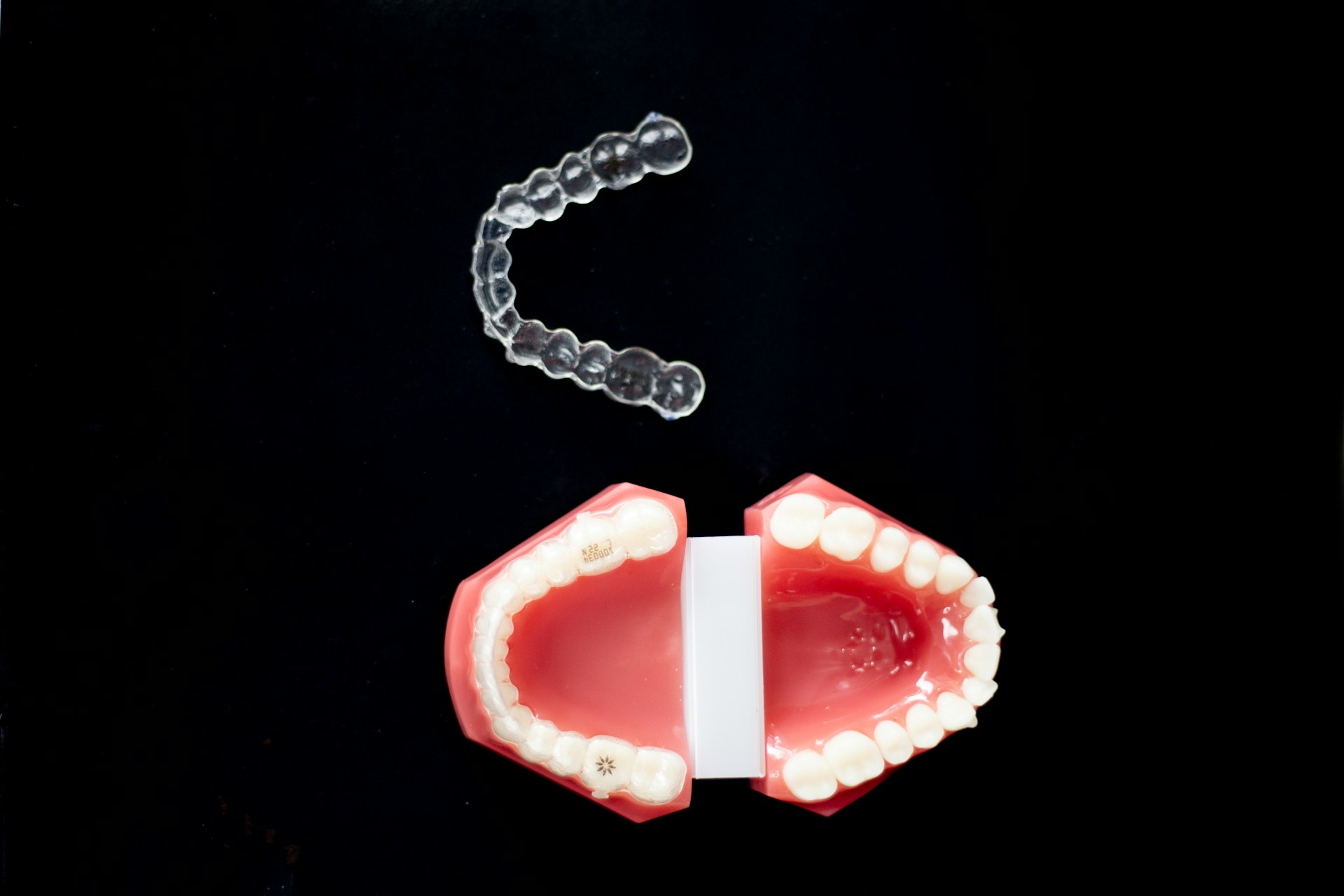
Failing to wear a retainer after completing Invisalign treatment can lead to some undesirable outcomes, such as the teeth shifting back to their original positions. This shift can undermine the orthodontic results achieved during treatment. Over time, the likelihood of relapse increases, which may result in a longer and more complicated process if one decides to correct misalignment later on.
Many patients find themselves frustrated when they realise the significance of retainers too late, making it crucial to follow post-treatment care plans diligently.
Neglecting to use retainers affects not only the physical appearance of teeth but can also impose emotional and financial burdens. Individuals may experience a decline in self-esteem due to the return of crooked teeth, leading to social withdrawal or anxiety in various situations.
Additionally, reverting to misaligned teeth often requires further orthodontic interventions, which can be quite costly. Therefore, maintaining a consistent oral care routine and utilising retainers are essential steps to protect the investment made in achieving a healthy, beautiful smile, ultimately ensuring peace of mind and satisfaction throughout one’s dental journey.
Frequently Asked Questions
1. Do I need a retainer after completing my Invisalign treatment in the UK?
Yes, it is recommended to wear a retainer after completing Invisalign treatment in the UK to maintain the desired results.
2. How long do I need to wear a retainer after Invisalign treatment in the UK?
The duration of wearing a retainer after Invisalign treatment can vary, but typically it is recommended to wear it full time for the first 6 months, and then gradually decrease to only wearing it at night.
3. What type of retainer will I need after Invisalign treatment in the UK?
The type of retainer needed after Invisalign treatment will depend on your individual case. Your orthodontist will determine if you need a removable or fixed retainer.
4. How often do I need to visit my orthodontist after completing Invisalign treatment in the UK?
Your orthodontist will typically schedule follow-up appointments every 6-8 weeks to monitor your progress and make any necessary adjustments to your treatment plan.
5. Can I remove my retainer for special occasions?
It is not recommended to remove your retainer for extended periods of time, especially during the first few months after completing Invisalign treatment. However, you can discuss any upcoming special occasions with your orthodontist and they may advise removing the retainer for a short period of time.
6. What happens if I don’t wear my retainer after Invisalign treatment in the UK?
If you do not wear your retainer as instructed by your orthodontist, your teeth may shift back to their original position. This can undo all the progress made during Invisalign treatment and may require additional orthodontic treatment. It is important to follow your orthodontist’s instructions for wearing your retainer to maintain the desired results.

